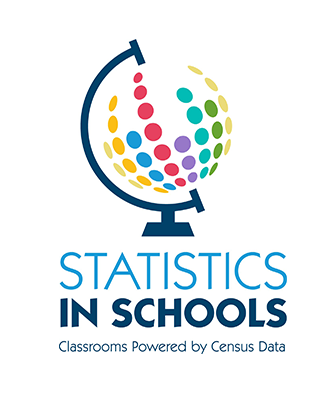Analyzing Relationships: Marriage, Divorce, and Linear Regression
Activity Description

Students will examine census data on marriage and divorce rates for women and men in each state and the District of Columbia. From these data, they will create a scatter plot, find a line of best fit, and analyze the relationship between the two variables (i.e., sex and marriage/ divorce rates). They will also use a residual plot, explain the meaning of the slope and of the y-intercept of the line of best fit, and investigate the effect of outliers on this line.
Suggested Grade Level
9
Approximate Time Required
45-60 Minutes
Learning Objectives
- Students will be able to assess how well a linear model fits the data by plotting and analyzing the residuals.
- Students will be able to determine the impact of outliers on the linear model.
- Students will be able to explain the meaning of the slope and y-intercept of the linear model in the context of the data.
Materials Required
- The student version of this activity, 13 pages
- Graphing calculators
Activity Items
The following item is part of this activity.
- Table of Marriage and Divorce Rates per 1,000 Women and Men Aged 15 or Older in Each U.S. State and the District of Columbia
Teacher Notes
Blooms Taxonomy
Analyzing


Students will analyze data in a linear model, apply the model to make predictions, and evaluate the effectiveness
of the model.
Subject
High School Math
Topics
- Linear model
- Linear regression
- Residuals and residual plots
- Scatter plots
- Slope
- Y-intercept
Skills Taught
- Analyzing a scatter plot and a residual plot
- Interpreting slope and y-intercept
- Making predictions using a linear model
Page Last Revised - October 8, 2021




